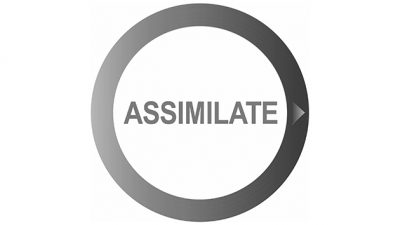News
Assimilate Scratch v8.2
Assimilate has released the new version of Scratch, its system for compositing, color correction and finishing. These are the added features:
Extended metadata support
Both Scratch and Scratch Lab now come with an updated media browser that allows you to manage metadata directly, following the style of editing systems. Thus, data can be entered for one or several clips and also exported via an ALE or XML file.
In addition, this browser provides the ability to find multiple planes and apply looks to them via 3dl, ctl, LUTs or XML, as well as audio based on filename and code matches.
Live View function
This function takes the SDI camera signal and lets users work and color correct directly on it. It also reads the camera metadata and displays it in the Player module. Thanks to the latter, it is possible to save a color-coded item in the Scratch Gallery and then link it to the recorded media.
Oculus Rift support
Scratch now supports this VR-360 camera format, including cylindrical, rectangular and cubic shapes, for output to a second monitor or to the Oculus Rift DKI or DKII device. If we had a Rift connected, this mapping would be done in real time and would have full head tracking support. Scratch brings out a 360 mode with a second monitor acting as a window into this virtual world, with the ability to rotate, track or tilt on the sphere in real time.
Other features
Finally, this version 8.2 can encode Vanguard’s H.264, with combinations of bitrate, file sizes and qualities on both Mac and Windows.
Other features also include new camera support, such as Panasonic Raw, Magic Lantern (.raw and .mlv), BMDPocket (on Mac) and updates to XAVC and XAVC-S for increased performance in 4K resolution. Also included are Final Cut Pro X 1.4 support for conform and the AJA Kona 4 video card.
Here is the link with all the information available about this version.





